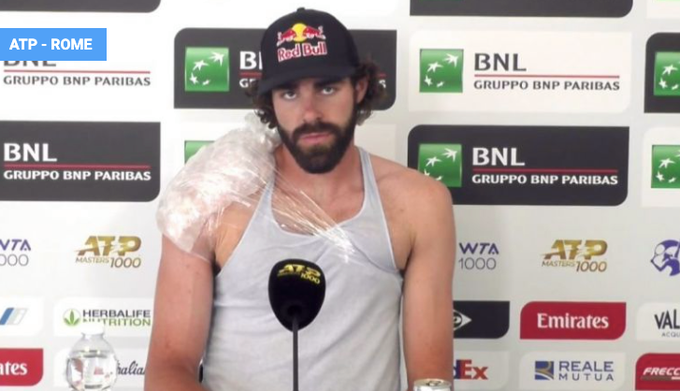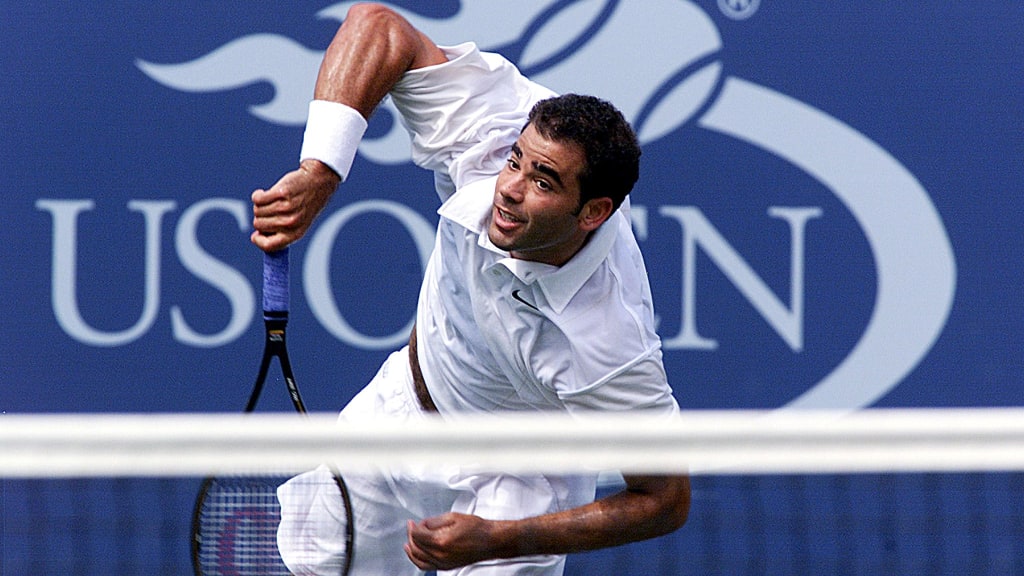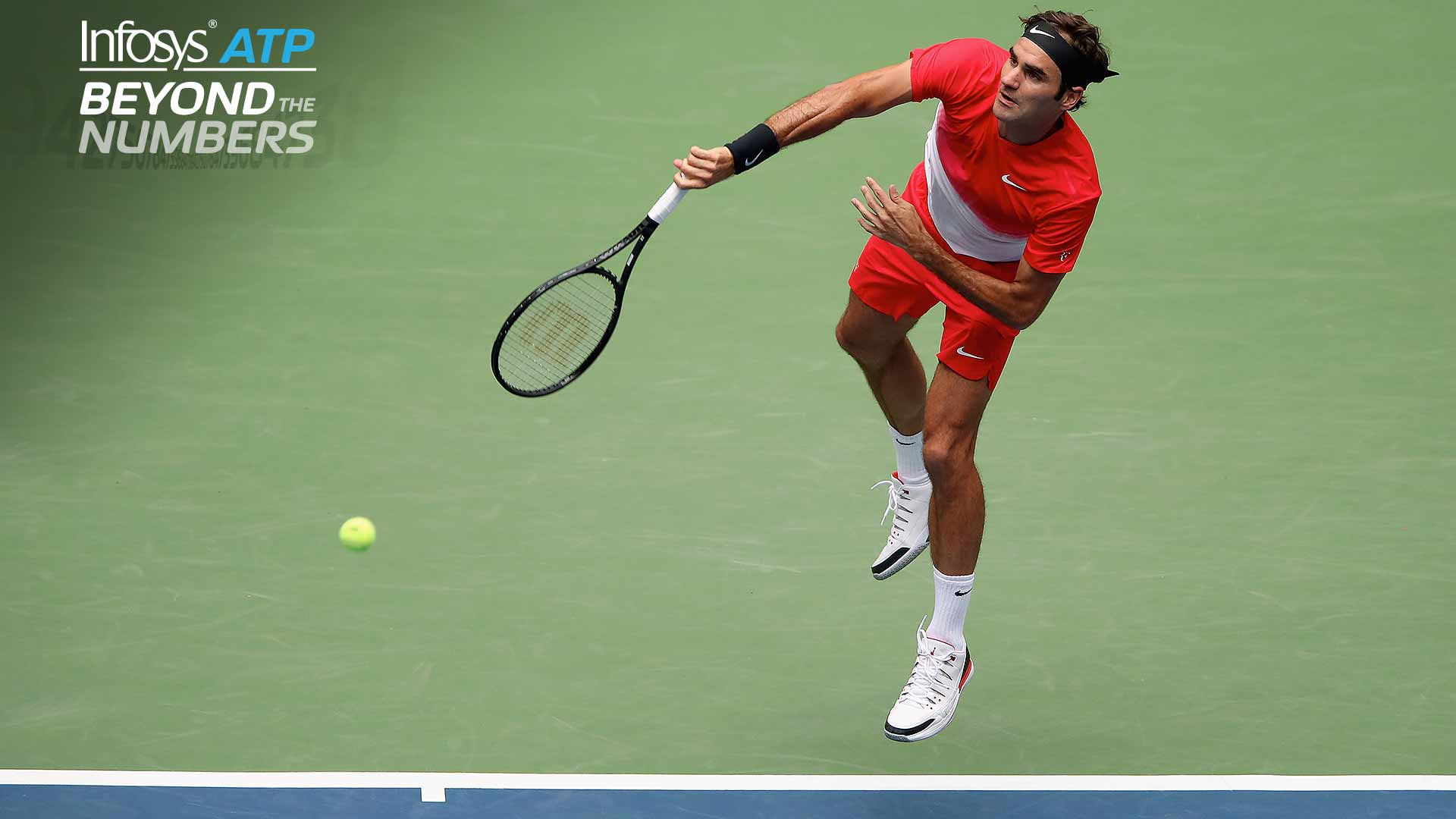Hulger
Semi-Pro
Could somebody with fast serve here provide any useful tips for increasing serve speed?
I’m 181 cm so just under 6 ft and I can generate 160-170 km/h flat serve without too much effort and about 180 km/h (112 mph) max.
Lately my fitness level and overall game have improved a lot but it’s not the case with the serve. I think I already have pretty clean racquet movement and some back bending and lower body and core involvement.
I’m not yet ready to give up by saying that I have reached my full potential.
There must be something in the technique to increase the speed.
My main questions are:
- Do you think you should keep the body facing sideways as long as possible to get more momentum from the late body twist release?
- Or do you get more speed just by concentrating on jumping up more explosively when starting the swing?
- How much the pronation contributes? I have the feeling that some power is lost because my pronation doesn’t get enough momentum. Do you get sore forearm from serving hard?

I’m 181 cm so just under 6 ft and I can generate 160-170 km/h flat serve without too much effort and about 180 km/h (112 mph) max.
Lately my fitness level and overall game have improved a lot but it’s not the case with the serve. I think I already have pretty clean racquet movement and some back bending and lower body and core involvement.
I’m not yet ready to give up by saying that I have reached my full potential.
There must be something in the technique to increase the speed.
My main questions are:
- Do you think you should keep the body facing sideways as long as possible to get more momentum from the late body twist release?
- Or do you get more speed just by concentrating on jumping up more explosively when starting the swing?
- How much the pronation contributes? I have the feeling that some power is lost because my pronation doesn’t get enough momentum. Do you get sore forearm from serving hard?

Last edited:







